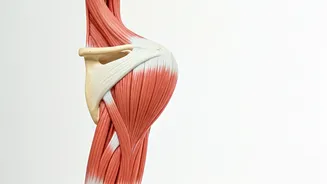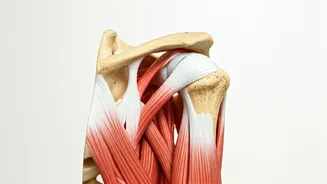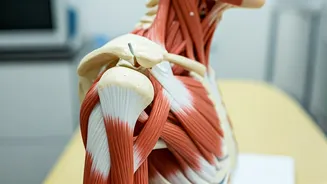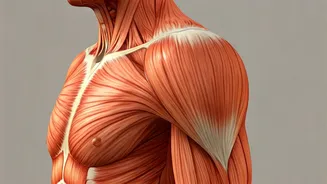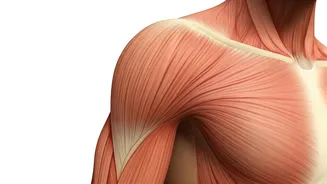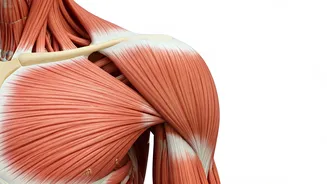Understanding Shoulder Discomfort
Shoulder pain can stem from various sources, making accurate identification essential. Common causes include strains, sprains, and rotator cuff injuries,
often triggered by overuse, poor posture, or sudden movements. Additionally, conditions like arthritis, bursitis, and tendinitis can contribute to discomfort. Identifying the root cause is crucial for effective management. If pain persists or worsens, consulting a healthcare professional is advisable to receive a proper diagnosis and treatment plan. Addressing the underlying cause is key to achieving lasting relief and preventing further complications. Ignoring the issue might lead to chronic pain and restricted movement, hence a proactive approach is crucial for well-being. Taking the correct steps helps in reducing the pain.
Arm Circles: Gentle Warm-Up
Arm circles serve as an excellent warm-up exercise, preparing your shoulders for more intense movements. Begin by standing upright with your feet shoulder-width apart, ensuring your posture is straight. Extend your arms out to the sides, parallel to the ground, and proceed with small, controlled circular motions, initiating with forward circles for about 30 seconds. Then, reverse the direction, performing backward circles for another 30 seconds. Gradually increase the size of the circles as your shoulder muscles loosen up, but always maintain a pain-free range of motion. Arm circles help improve circulation, reduce stiffness, and enhance flexibility in the shoulder joint. This prepares your body for more challenging exercises. Proper form is important to reap all the benefits.
Wall Slides: Promoting Mobility
Wall slides are a simple yet effective exercise to enhance shoulder mobility and range of motion. Position yourself against a wall, with your back flat and your feet a comfortable distance away. Bend your elbows and place your forearms against the wall, keeping your elbows at a 90-degree angle. Gently slide your arms up the wall as far as you can comfortably go without straining or causing pain. Hold the position for a few seconds, then slowly slide your arms back down to the starting position. Repeat this exercise for 10-15 repetitions. Wall slides help to strengthen the muscles around the shoulders and improve your posture. Proper form is important to reap all the benefits. Consistent practice can improve mobility.
Towel Stretch: Deep Relaxation
The towel stretch is a great way to target and relieve tension in the shoulder and upper back muscles. Grab a towel and hold it behind your back, grasping each end with your hands. If you have limited flexibility, position your hands wider apart; as your flexibility improves, you can gradually bring your hands closer together. Gently pull the towel upwards with one hand while using the other hand to pull it downwards. This creates a gentle stretch in the shoulder joint. Hold the stretch for 20-30 seconds, and then switch arms. Repeat several times on each side. The towel stretch can help release knots and muscle tightness. Consistent practice can improve mobility.
Shoulder Flex: Improving Strength
Shoulder flexion exercises help to enhance the strength of the muscles in the shoulder area. Stand or sit with your back straight, ensuring your feet are flat on the ground. Raise your arms straight forward in front of you, with your palms facing down, gradually reaching upward as far as you can without discomfort. Slowly lower your arms back down to the starting position. Perform this exercise for 10-15 repetitions. Shoulder flexion strengthens the deltoids and other muscles. By building the muscles you can potentially reduce your pain. Always consult a healthcare professional. Practicing these exercises helps with shoulder pain.
